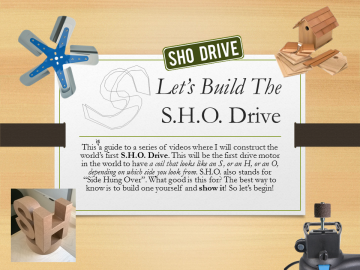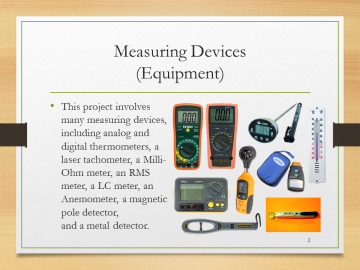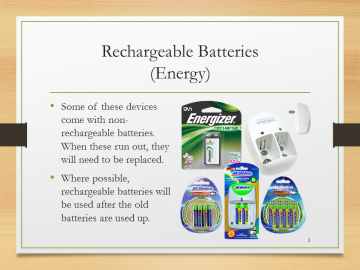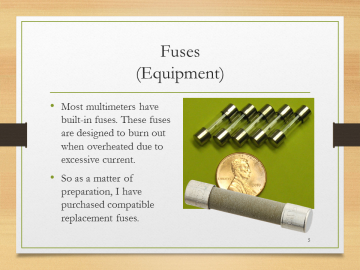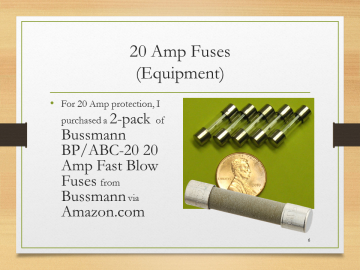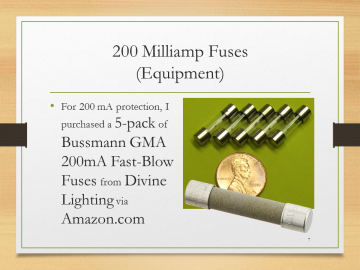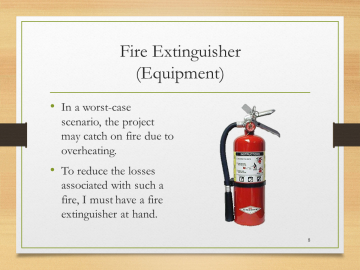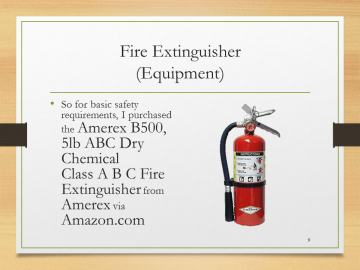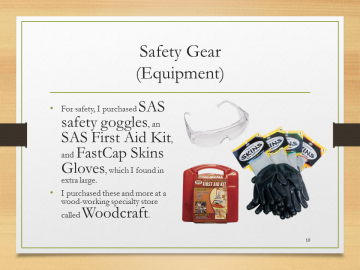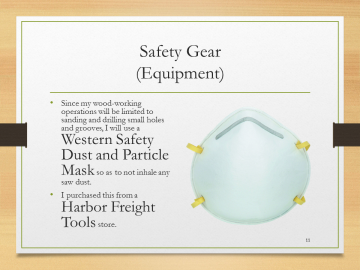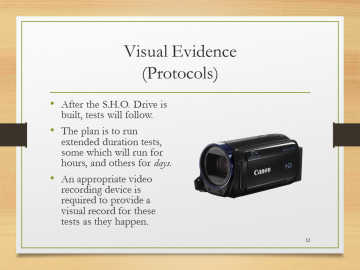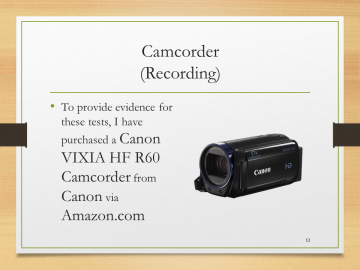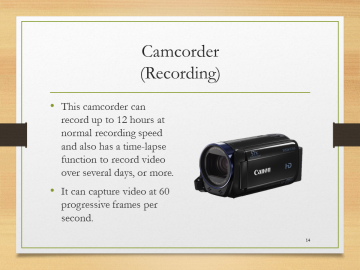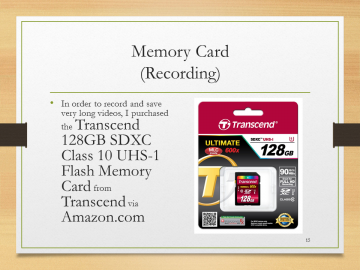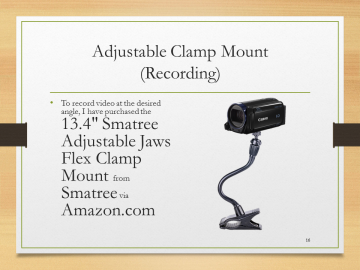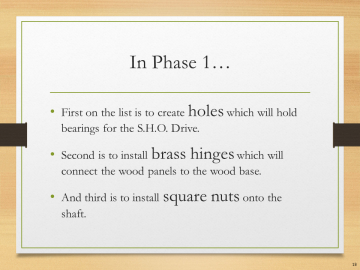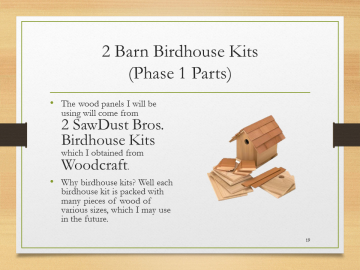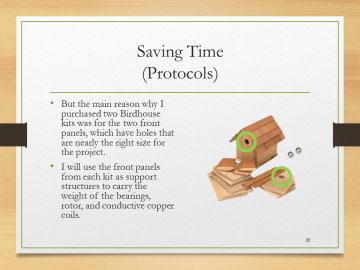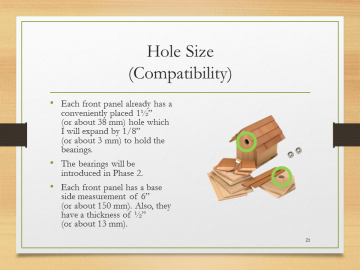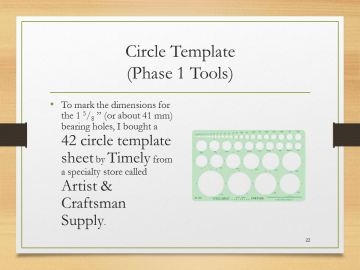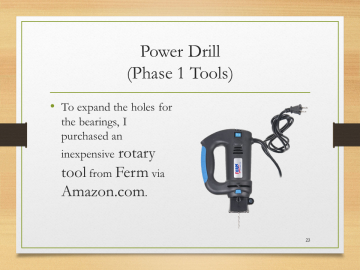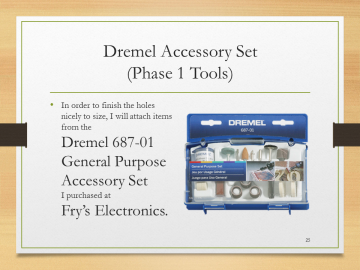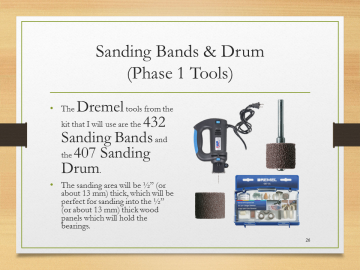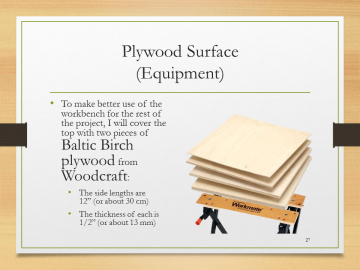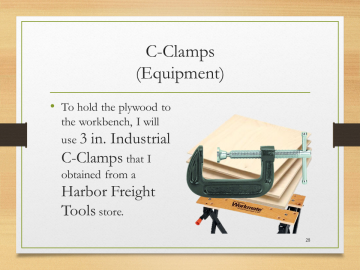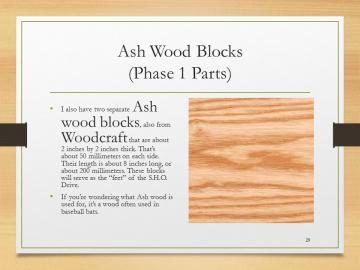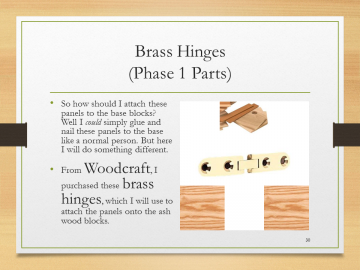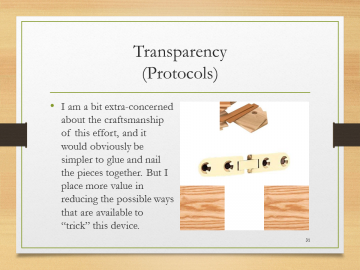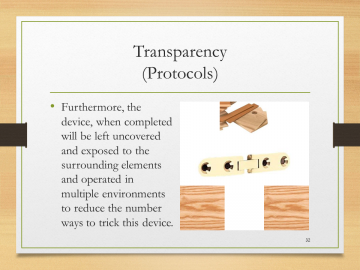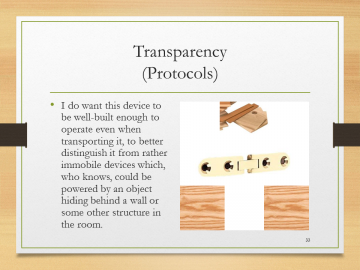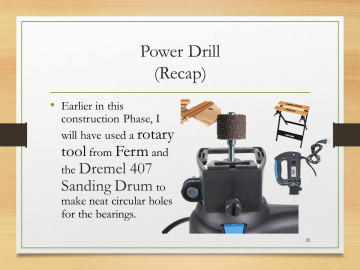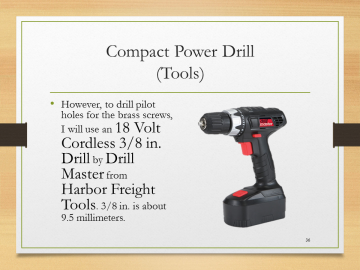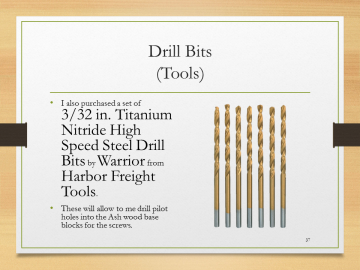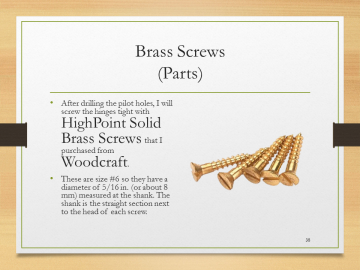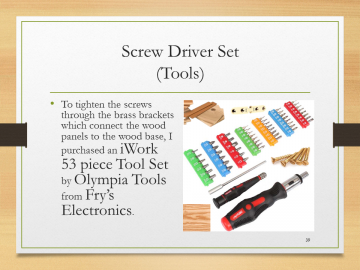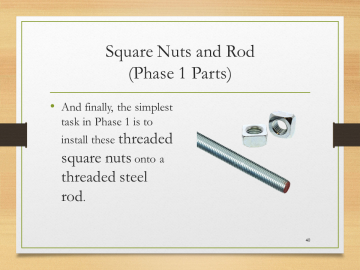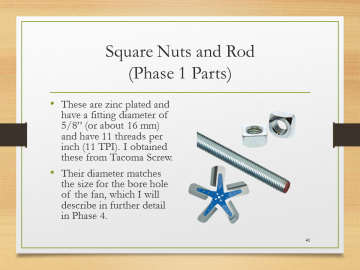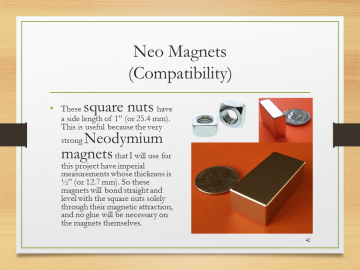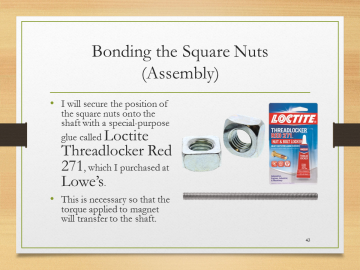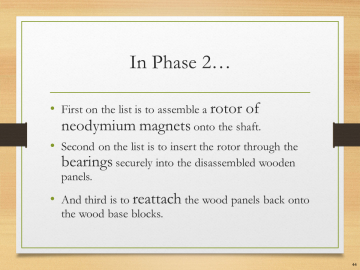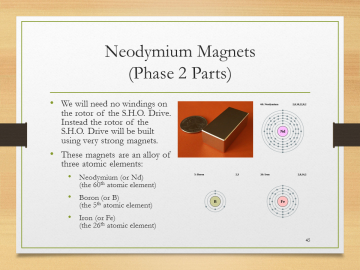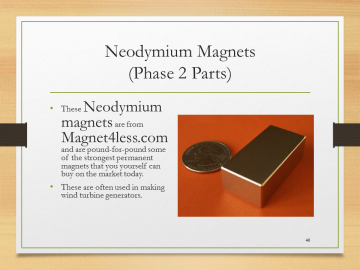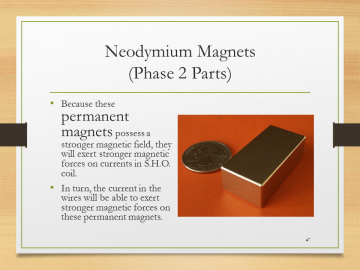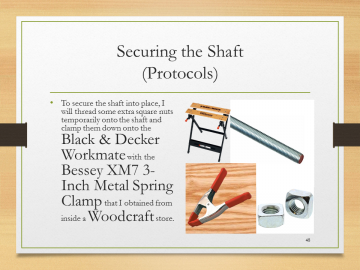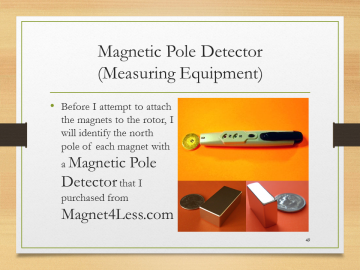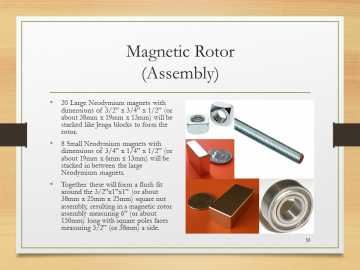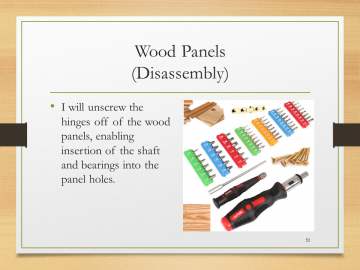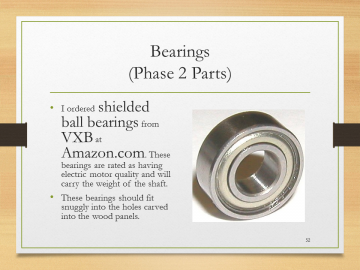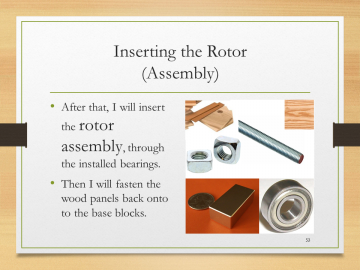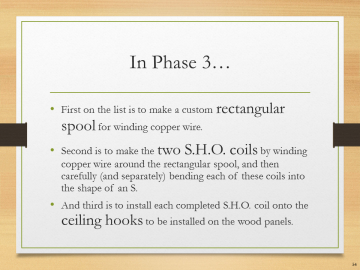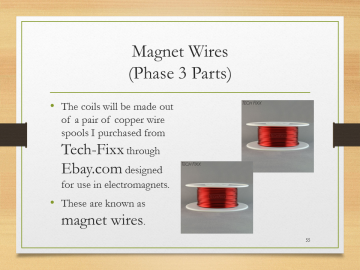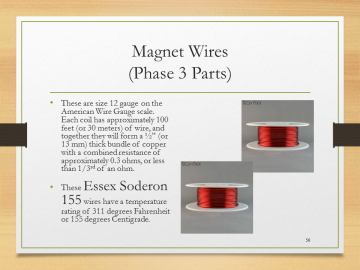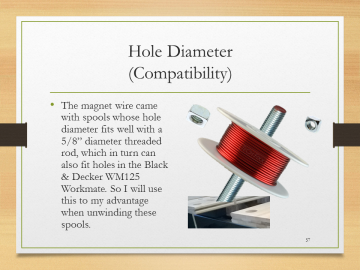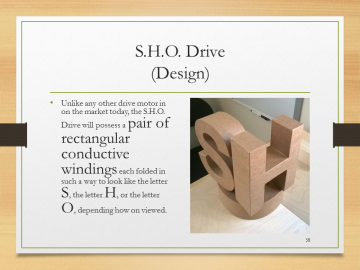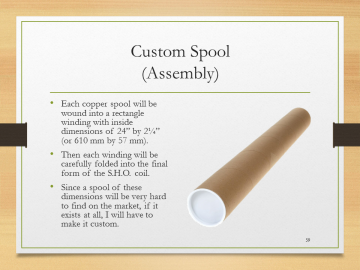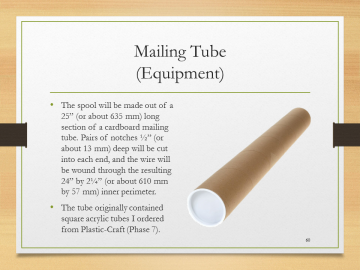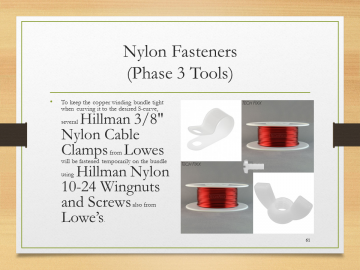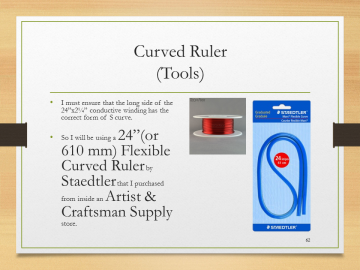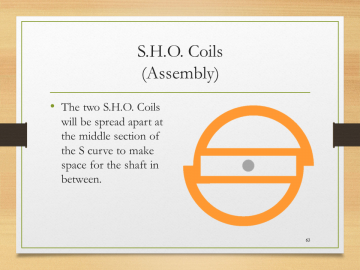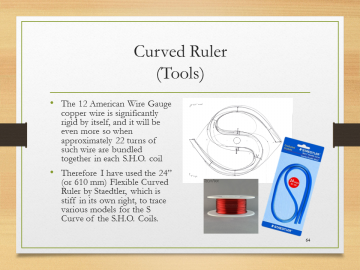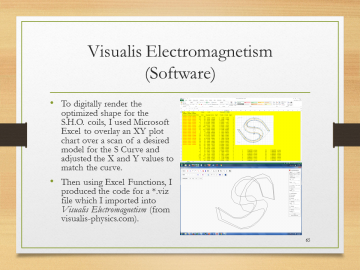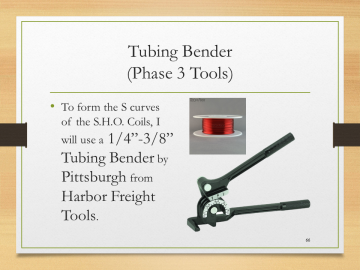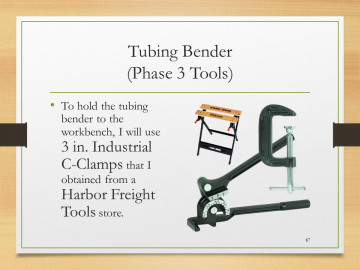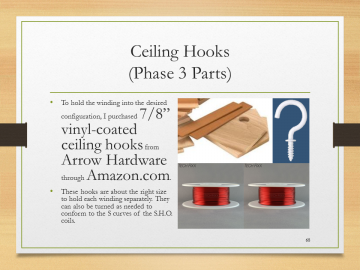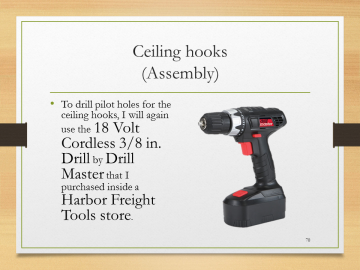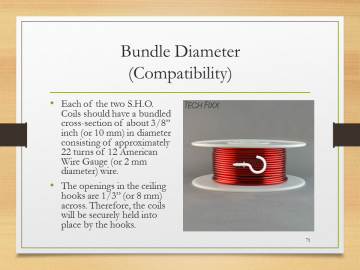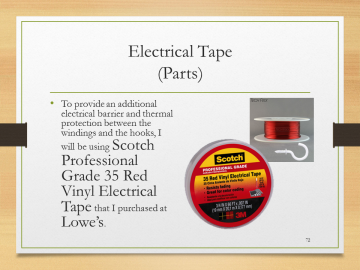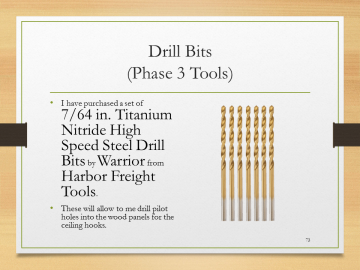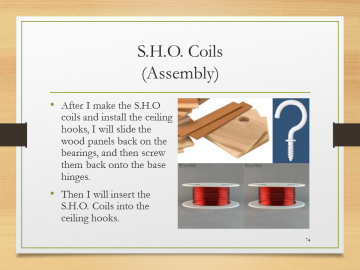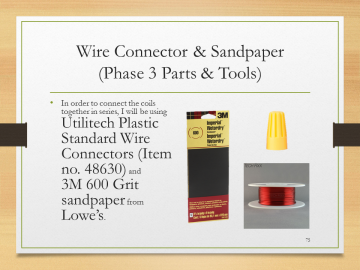| Let’s Build The
S.H.O. Drive
• This is a guide to a series of videos where I will construct the world’s first S.H.O. Drive. This will be the first drive motor in the world to have a coil that looks like an S, or an H, or an O, depending on which side you look from. S.H.O. also stands for “Side Hung Over”. What good is this for? The best way to know is to build one yourself and show it! So let’s begin! |
| Measuring Devices
(Equipment)
• This project involves many measuring devices, including analog and digital thermometers, a laser tachometer, a Milli-Ohm meter, an RMS meter, a LC meter, an Anemometer, a magnetic pole detector, and a metal detector. |
| Rechargeable Batteries
(Energy)
• Some of these devices come with non-rechargeable batteries. When these run out, they will need to be replaced.
• Where possible, rechargeable batteries will be used after the old batteries are used up. |
| Non-Rechargeable Batteries
(Energy)
• Some of the measuring devices require watch-type batteries, so for these devices, non-rechargeable batteries will be used. |
| Fuses
(Equipment)
• Most multimeters have built-in fuses. These fuses are designed to burn out when overheated due to excessive current.
• So as a matter of preparation, I have purchased compatible replacement fuses. |
| 20 Amp Fuses
(Equipment)
• For 20 Amp protection, I purchased a 2-pack of Bussmann BP/ABC-20 20 Amp Fast Blow Fuses from Bussmann via Amazon.com |
| 200 Milliamp Fuses
(Equipment)
• For 200 mA protection, I purchased a 5-pack of Bussmann GMA 200mA Fast-Blow Fuses from Divine Lighting via Amazon.com |
| Fire Extinguisher
(Equipment)
• In a worst-case scenario, the project may catch on fire due to overheating.
• To reduce the losses associated with such a fire, I must have a fire extinguisher at hand. |
| Fire Extinguisher
(Equipment)
• So for basic safety requirements, I purchased the Amerex B500, 5lb ABC Dry Chemical Class A B C Fire Extinguisher from Amerex via Amazon.com |
| Safety Gear
(Equipment)
• For safety, I purchased SAS safety goggles, an SAS First Aid Kit, and FastCap Skins Gloves, which I found in extra large.
• I purchased these and more at a wood-working specialty store called Woodcraft. |
| Safety Gear
(Equipment)
• Since my wood-working operations will be limited to sanding and drilling small holes and grooves, I will use a Western Safety Dust and Particle Mask so as to not inhale any saw dust.
• I purchased this from a Harbor Freight Tools store. |
| Visual Evidence
(Protocols)
• After the S.H.O. Drive is built, tests will follow.
• The plan is to run extended duration tests, some which will run for hours, and others for days.
• An appropriate video recording device is required to provide a visual record for these tests as they happen. |
| Camcorder
(Recording)
• To provide evidence for these tests, I have purchased a Canon VIXIA HF R60 Camcorder from Canon via Amazon.com |
| Camcorder
(Recording)
• This camcorder can record up to 12 hours at normal recording speed and also has a time-lapse function to record video over several days, or more.
• It can capture video at 60 progressive frames per second. |
| Memory Card
(Recording)
• In order to record and save very long videos, I purchased the Transcend 128GB SDXC Class 10 UHS-1 Flash Memory Card from Transcend via Amazon.com |
| Adjustable Clamp Mount
(Recording)
• To record video at the desired angle, I have purchased the 13.4" Smatree Adjustable Jaws Flex Clamp Mount from Smatree via Amazon.com |
| Wide Angle Lens Kit
(Recording)
• In order to capture a wider angle of view in the video, I purchased a Wide Angle Lens Kit from ButterflyPhoto via Amazon.com
• The included .43x Wide Angle Lens provides a better approximation of human vision. |
|
